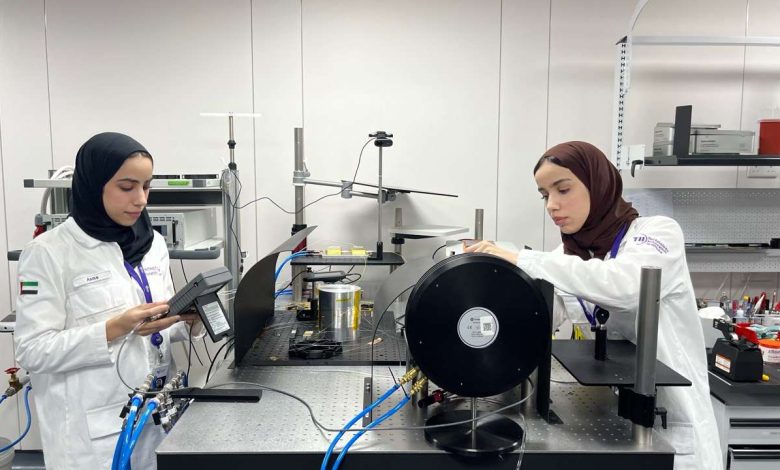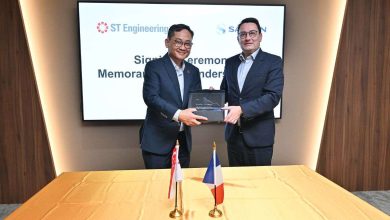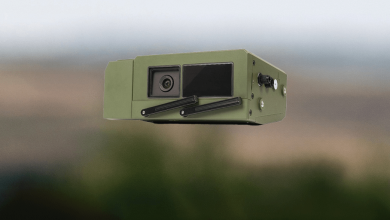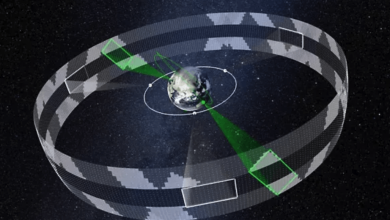
Breakthrough Moment: Technology Innovation Institute Pioneers the Future of High-Power Laser Technology
The Technology Innovation Institute (TII), a prominent global scientific research organization and the applied research foundation of Abu Dhabi’s Advanced Technology Research Council (ATRC), has today declared that its Directed Energy Research Center (DERC) has accomplished a significant landmark in the swift progression of fiber laser technology.
The launch of the inaugural high-power fiber laser in the MENA region – a kW-level Ytterbium-doped fiber laser – meticulously designed, assembled, and evaluated in the UAE – affirms the exceptional operational effectiveness of its proprietary cutting-edge fiber laser development platform and confirms the world-class expertise and skills of the DERC researchers and engineers who have successfully propelled the UAE as a pivotal contributor in high-power laser solutions.
Under the guidance of Dr. Giuseppe Scurria, Lead Laser Researcher, the initiative involved constructing a cutting-edge optical laboratory for fiber laser innovation and optical fiber processing, developing unique local capabilities and proficiencies in optical fiber shaping and processing, acquiring industry-leading practices and updated theoretical insights on fiber laser technologies, and establishing robust commercial partnerships with globally recognized laser and photonics firms.
The international assembly of expert researchers and engineers that rendered this achievement possible includes Jawaher Al Ameri, Taif Alhmoudi, Asma Al Ahmadi, Reem Al Ameri, and Amit Dubey.
The high-power fiber laser is adaptable and can be utilized across numerous industries, thanks to its exceptional efficiency, elevated power, compact design, and durability. It finds extensive application in material processing, defense, telecommunications, and medical fields. Due to rising demands from advanced sectors, such as defense and aerospace, enhanced output power has become a primary research priority in fiber laser innovation, positioning it as an ideal foundation for further studies and insights into nonlinear optical phenomena.
Reflecting on this achievement, Dr. Guillaume Matras, Senior Director of the Laser Photonics and Optoelectronics Department at TII, remarked: “This accomplishment signifies a pivotal moment in the UAE’s journey towards autonomy in high-power laser technologies. Furthermore, it establishes the UAE as a leader in the fiber laser domain, which will ultimately pave the way for more collaborations and strategic partnerships with various industry stakeholders and academic institutions.”
“This milestone not only enhances TII’s credibility as a fundamental facilitator in advancing transformative technologies in the region but also reinforces TII’s commitment to promoting Abu Dhabi and the UAE as a premier global hub for high-energy research and development.”







